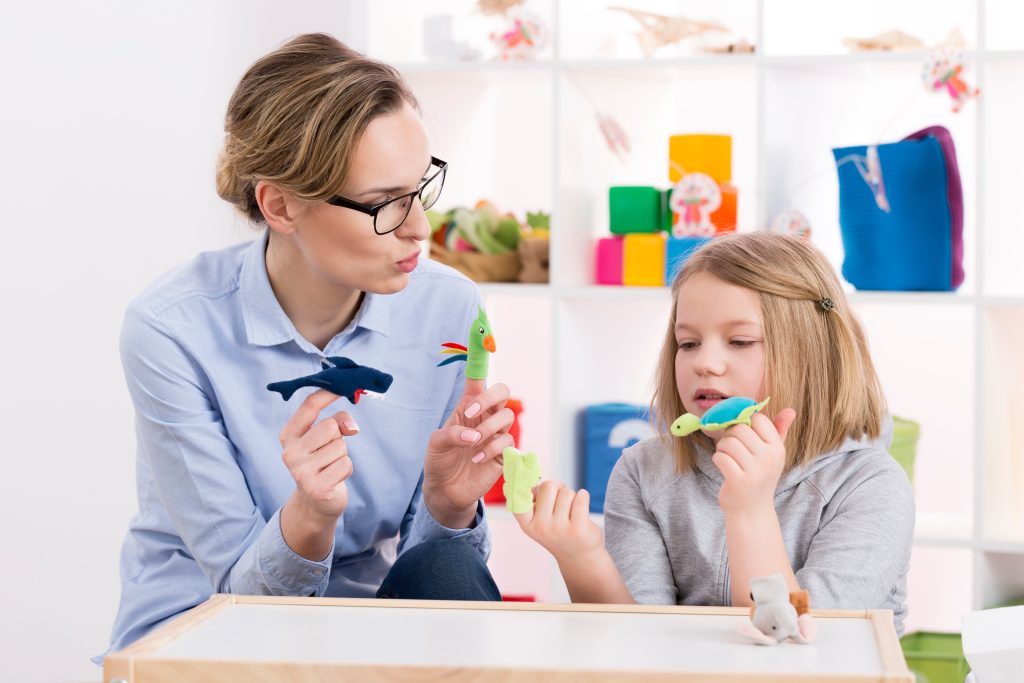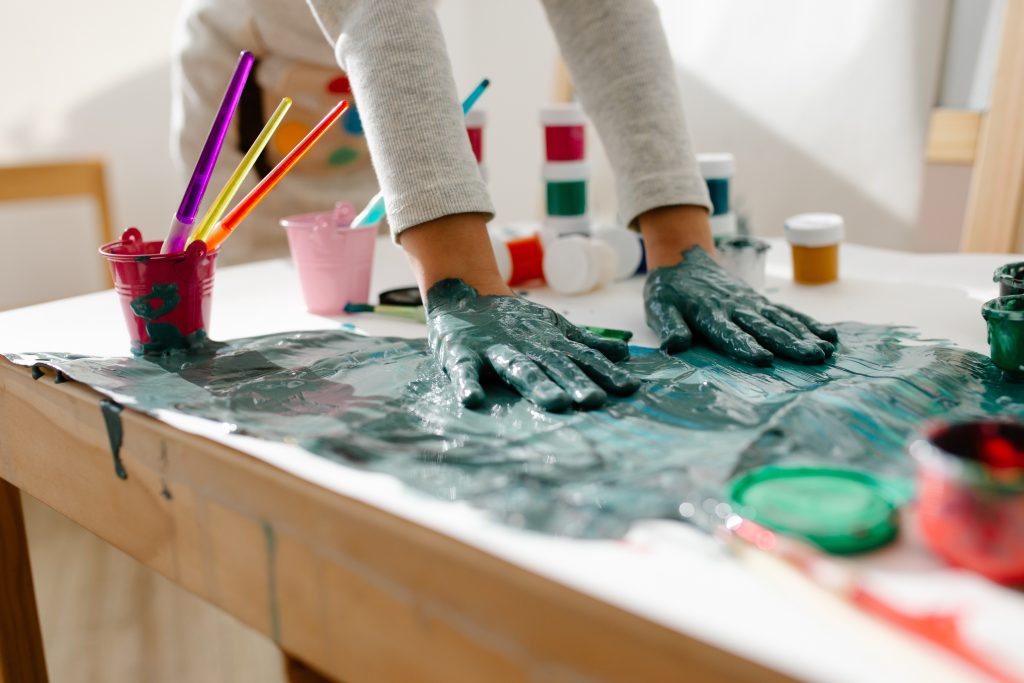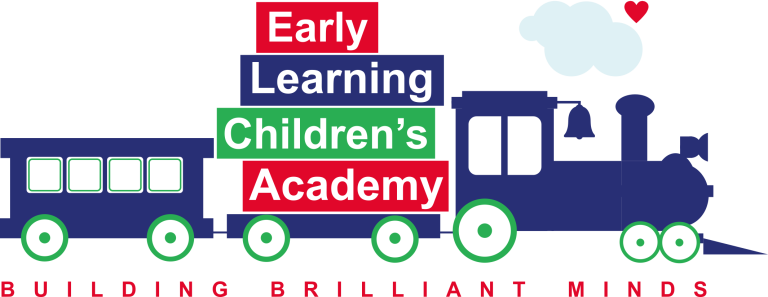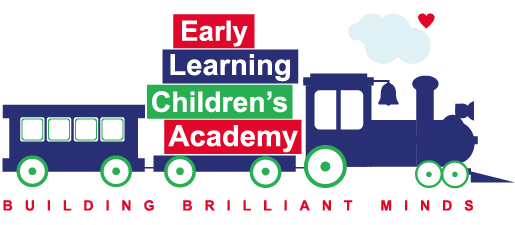The What and Who, Why, When, Where, and How of Play Therapy for Children
In the best of all possible worlds, our kids experience their early years as a time of sunshine and roses … growing up in a loving family, enjoying a decent home and good schools, hitting all developmental milestones, storing away pleasant memories. Reality, of course, is sometimes a different story, with family problems or a natural disaster or illness or a myriad of other happenings interrupting what should, for kids, be a time of happy progress and steady growth. Play therapy can help children cope with these situations.
As adults, we recognize the emotional upheavals that hit us; we may even talk about our feelings with a counselor or family member or trusted friend. But children, especially those of preschool age, can’t express themselves verbally to talk through their problems, even when they know something is wrong.
That’s where play therapy might be appropriate as a means of helping a child cope.
The What and Who of Play Therapy
The Association for Play Therapy defines play therapy as “the systematic use of a theoretical model to establish an interpersonal process wherein trained play therapists use the therapeutic power of play to help clients present or resolve psychosocial difficulties and achieve optimal growth and development.” In less lofty language, that means that play therapy can help kids play out life experiences, explore their feelings, and resolve whatever is causing them distress. The therapist serves as a facilitator to guide the child in expressing their issues and problem-solving to find solutions.
As a national professional society, the mission of the Association for Play Therapy (APT) since its founding in 1982 has been to “foster contact among mental health professionals interested in exploring and applying the therapeutic power of play to communicate with and treat clients, particularly children.” The organization emphasizes that play therapy should only be provided by licensed clinical professionals with a graduate mental health degree and extensive specialized play therapy education, training, and supervised experience.

That’s excellent advice if you’re considering the use of play therapy with your child; you must work with experts who know what they’re doing. Ask to see a Registered Play Therapist™, Registered Play Therapist-Supervisor™, or School-Based Registered Play Therapist™ credential to confirm that stringent APT standards are met. After all, you’re trusting these specialists with the health and wellbeing of your child at a time when youngsters are already vulnerable because of events impacting their lives.
Why Play Therapy
Play therapy is not the same as regular, everyday play. Play is a natural and essential aspect of every child’s developmental process. Play therapy is a very specific form of psychotherapy that uses play as a tool to help children deal with mental health issues. The technique applies a systematic, therapeutic approach, usually because some part of the child’s experience is outside the norm. The goal of play therapy is to provide a psychological buffer between a child and their problems so they feel safe in expressing feelings by using aids to express what’s bothering them, often without the need for words.
Play therapy can be used to treat children with various kinds of problems. It has proved to be particularly effective with those who have experienced physical or emotional trauma or abuse, witnessed conflict or natural calamities, or confronted significant life changes. Kids missing developmental milestones, having issues with anxiety or sadness, or finding difficulty in coping with the immediate environment may also benefit.
When and Where Play Therapy Takes Place
Play therapy is most appropriate for children between 3 and 12 years old, although early intervention can sometimes start even younger. Sessions last between 45 and 60 minutes and are held once a week in a playroom specifically outfitted for this purpose.
The playroom creates a space where the child feels comfortable and safe. It’s filled with toys of many kinds, appropriate for various ages, with a dollhouse, dolls of multiple descriptions, stuffed animals, puppets, arts and craft supplies, and other items that kids can use to express themselves. Wide-ranging materials and equipment allow the child’s needs and preferences to dictate the course of the therapy; a therapist’s pre-conceived ideas should not determine how therapy goes. Some playrooms come with one-way mirrors that let a therapist and possibly others observe the child without being seen. Group sessions in the playroom can be an option to learn about the dynamics of a child’s interaction with others.
How Play Therapy Works
To begin a relationship, the specialist talks with parents or caregivers to get a perspective on the child, explore his or her situation, and learn what outcomes are desired. These goals may include developing strategies and solutions for addressing experiences and dealing with problems, taking responsibility for behavior, learning to accept oneself and others, expressing emotion appropriately, respecting and empathizing with how other people feel, and interacting appropriately with family and friends.

Once In the playroom, the child is free to explore toys, draw a picture, interact with dolls, or otherwise act in a way that indicates mental state. For example, a child from a situation with conflict may draw a happy family; another may violently injure a doll. If a child dumps every toy in a heap, he may be expressing anger and a lack of control. Sorting toys into a regimented pattern may signify a child feels the world is chaotic and is seeking understanding and order. Realistically, there is little limit to the ways in which a child might act out what’s going on inside.
The role of the therapist is to observe the child at play and capture impressions. The therapist’s involvement is guided at all times by accepting the child as he is, maintaining respect for his ability to solve problems, and letting the child lead the way. By establishing trust and at appropriate times, asking questions or guiding an activity, the therapist encourages the child to explore emotions, bring about change by coming to terms with confusing feelings, develop a better understanding of the surrounding world, and handle relationships to people, circumstances, and events. In some situations, the therapist involves the family so they develop the same techniques their child is learning. This also fosters better understanding of why the child behaves the way he or she does.
Clearly, play therapy is highly individualized, specialized, delicate work. That’s why the credentials and experience of the therapist are essential to successful outcomes. And those don’t come quickly; an average of 20 sessions is needed to resolve whatever problems brought a child to treatment. The upside is that for most children, behaviors improve, issues are resolved, and a higher level of confidence is achieved, thanks to participation in therapeutic play.



